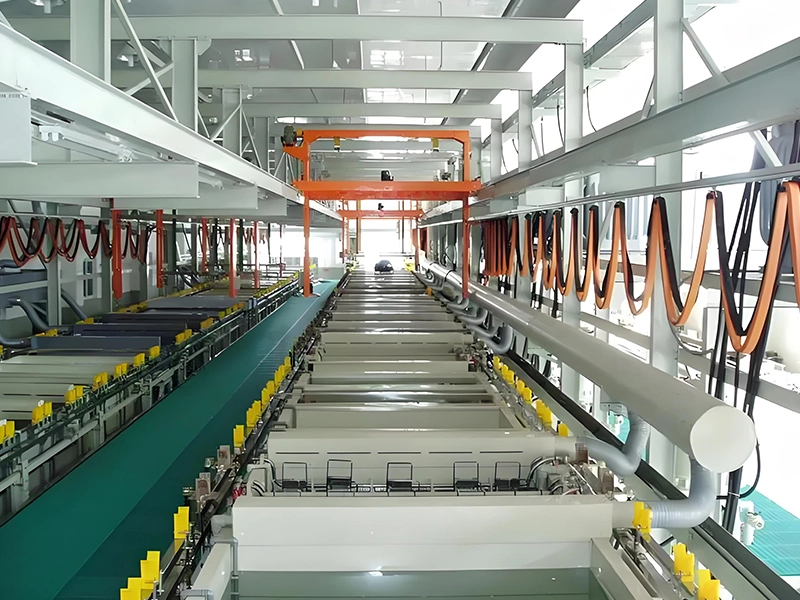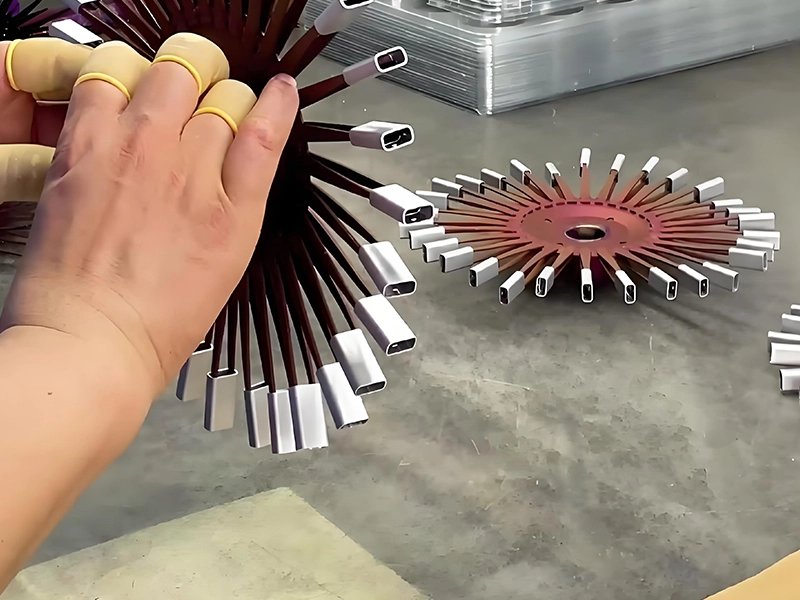


Anodizing
Precionn’s anode workshop is located in a professional environmental protection industrial park with specialized sewage treatment facilities. We can provide over 20+anode colors to meet your different appearance color needs, and we can also make samples according to your color requirements. We can provide ordinary anodizing, hard anodizing, and conductive anodizing according to the different functional requirements of the product.
What is Anodizing ?
Anodizing is an electrochemical oxidation process of metals or alloys, in which a metal or alloy is used as an anode under specific electrolyte and process conditions, and an external current is applied to form an oxide film on its surface. This oxide film has the characteristics of high hardness, high corrosion resistance, and high insulation, which can protect the metal surface from environmental erosion and improve the metal’s wear resistance and corrosion resistance.

What Are Anodizing Types?
The thickness of the oxide film is 8-12um, and the surface oxide film hardness is HV250-HV350. It can be made in various colors
The thickness of the oxide film is 8-12um, and the surface oxide film hardness is HV250-HV350. It can be made in various colors
The Process of Anodizing of Metals
Pre treatment: mainly cleaning and treating the surface of aluminum or aluminum alloy to remove oil stains, impurities, etc. on the surface.
Anodizing: It is the process of placing aluminum or aluminum alloy as an anode in an electrolyte and conducting an oxidation reaction by applying electricity.
Post processing includes cleaning, drying, etc.
Sealing is the process of filling and sealing the formed oxide film to improve its corrosion resistance and decorative properties.
Advantages of Anodizing
- The product has a beautiful appearance, strong metallic texture, rich and diverse colors, and is anti fingerprint.
- The product is environmentally friendly and healthy, and does not contain harmful elements such as chromium, mercury, cadmium, etc.
- Due to the hard oxide film on the surface of the product, it can resist corrosion for a long time, has strong wear resistance, and the surface color will not fade for a long time.
- 510, Building M, Flying Pigeon Industrial Park, No. 1223 Guanguang Road, Guanlan Street, Longhua District, Shenzhen, Guangdong, China
- +8618688772802
- info@precionn.com
